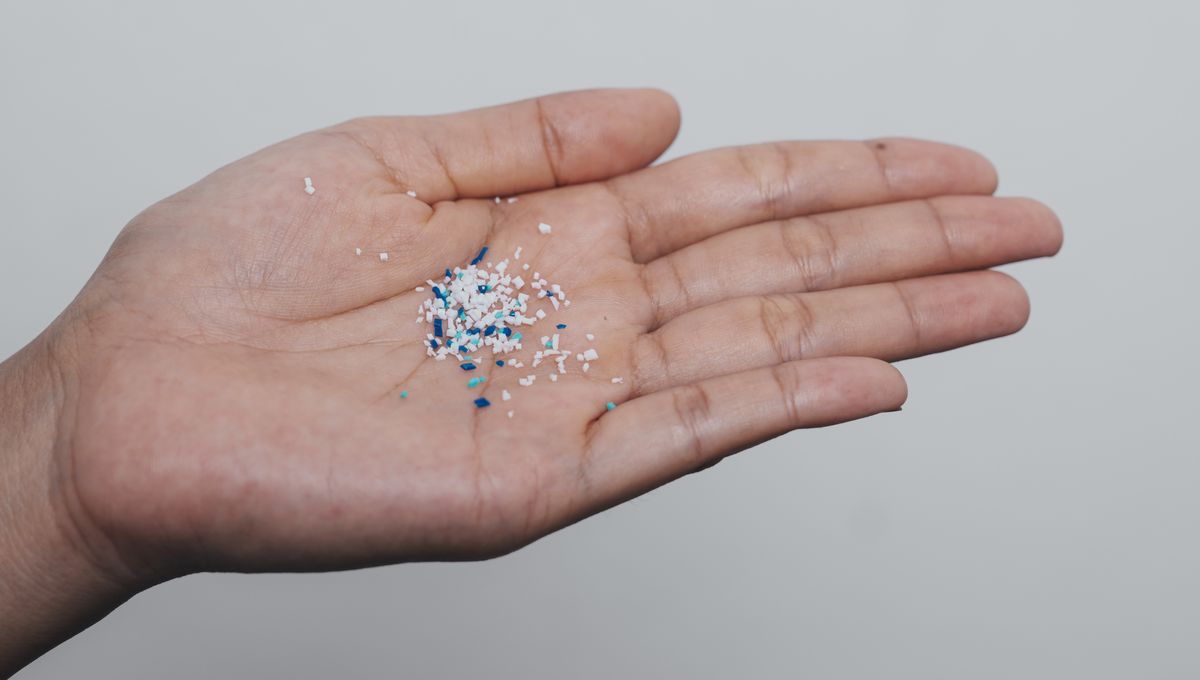
Microplastics have been found pretty much everywhere from the oceans, to food, and even in our bodies. That includes human placentas, and a new study shows just how pervasive these tiny pieces of plastic can be – they were found in every single placenta tested.
Though microplastics were discovered in placentas for the first time back in 2020, the current study set out to measure just how much and what types of plastic could be found. To do this, researchers started by taking 62 donated placenta samples and breaking down the fat and proteins in them in a process known as saponification.
The samples were then spun rapidly in a device called an ultracentrifuge, which separated out any microplastics from the sample into a small pellet. This is where the researchers brought in pyrolysis, a technique involving heating up the plastic nugget, causing it to combust, and analyzing the resulting gas emissions to figure out what types of plastic were present.
“The gas emission goes into a mass spectrometer and gives you a specific fingerprint,” said lead researcher Dr Matthew Campen in a statement. “It’s really cool.”
What’s perhaps not so cool is that they found microplastics present in all 62 samples, ranging from 6.5 to 790 micrograms per gram of tissue. Accounting for the largest percentage of the total plastics was polyethylene, a material used to make plastic bags and bottles. They also found PVC, nylon, and even polystyrene.
Microgram amounts of those plastics might not sound like a lot, but their health effects are unclear – though some studies have suggested microplastics have the potential to disrupt bodily functions. Microplastics are defined as 5 millimeters or less, but often measure in the nanometer scale. Theoretically, some microplastics are small enough to cross all sorts of membranes.
“If the dose keeps going up, we start to worry. If we’re seeing effects on placentas, then all mammalian life on this planet could be impacted. That’s not good,” said Campen, though it’s first important to carry out research to determine if microplastics are actually capable of passing from the placenta to a fetus.
Campen also expressed concern about how rapidly the concentration of microplastics could build up in placentas. They’re only around for eight months, whereas the researcher explained that “other organs of your body are accumulating over much longer periods of time.”
The next steps for the team are to refine their technique for measuring microplastic concentrations, in the hopes it can be used in research that examines the factors driving the uptake and distribution of microplastics in placentas and the body as a whole.
The study is published in Toxicological Sciences.
Source Link: Every Human Placenta Tested In One New Study Contained Microplastics